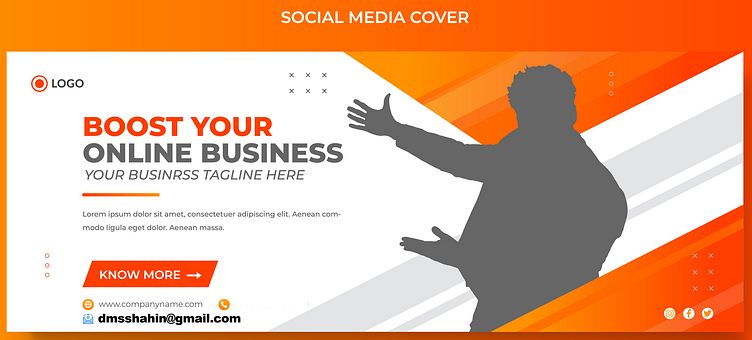Website's Slider Design
A website slider, also known as a carousel or slideshow, is a dynamic web design element that displays multiple images or content panels in a rotating manner. It's commonly used to showcase featured products, services, promotions, news, or other visually engaging content on the homepage or landing pages of a website. The slider's purpose is to capture visitors' attention, convey important messages, and encourage interaction.
Here are some key aspects to consider when designing a website slider:
Content Selection: Choose high-quality images or content that align with your website's purpose and branding. The content should be visually appealing, relevant, and able to communicate a clear message in a limited space.
Message Clarity: Each slide should have a distinct and concise message. Avoid cluttering slides with too much text or information. Use impactful headlines and concise text to convey the message quickly.
Navigation and Controls: Provide clear navigation elements such as arrows, dots, or thumbnails to allow users to manually navigate through the slider. Intuitive controls enhance user experience, allowing them to pause, play, move forward, or backward through the slides.
Auto-play vs Manual Interaction: Decide whether the slider should automatically cycle through the slides or require manual interaction. While auto-play can engage users without interaction, manual control gives users more agency and reduces cognitive load.
Speed and Timing: Control the speed and timing of slide transitions. Slides should be displayed long enough for users to absorb the content but not so long that it becomes tedious. A balance between readability and pacing is crucial.
Responsive Design: Ensure the slider is responsive and adapts well to various screen sizes and devices. It should look and function seamlessly on desktops, tablets, and smartphones.
Consistency: Maintain a consistent design and visual style throughout the slider. Use consistent fonts, colors, and layout to create a cohesive user experience.
Animation and Transitions: Use smooth and visually pleasing transition effects between slides. Avoid overly flashy animations that might distract from the content.
Accessibility: Make sure the slider is accessible to all users, including those with disabilities. Provide alt text for images, ensure keyboard navigation, and avoid reliance on certain sensory cues alone.
Performance: Be mindful of the slider's impact on website performance. Large images and complex animations can slow down page load times, affecting user experience and SEO.
Limit Slide Count: Avoid overwhelming users with too many slides. Keep the slide count manageable to maintain user interest and prevent frustration.
A/B Testing: Consider running A/B tests with different slider designs, content, and placement to determine what resonates best with your target audience.
Call to Action (CTA): If appropriate, include clear and compelling CTAs on slides to guide users to take desired actions, such as making a purchase, signing up for a newsletter, or exploring more content.
In summary, a well-designed website slider can be an effective way to engage visitors and highlight important content. By paying attention to content selection, design consistency, usability, and performance, you can create a slider that enhances the user experience and contributes positively to your website's goals.
Email : dmsshahin@gmail.com
WhatsApp : +8801724674681
Skype : https://join.skype.com/invite/tuJiJq14u5Hv
Telegram : https://t.me/SmSayful
Viber : +88017239695
WeChat : +96558859728
